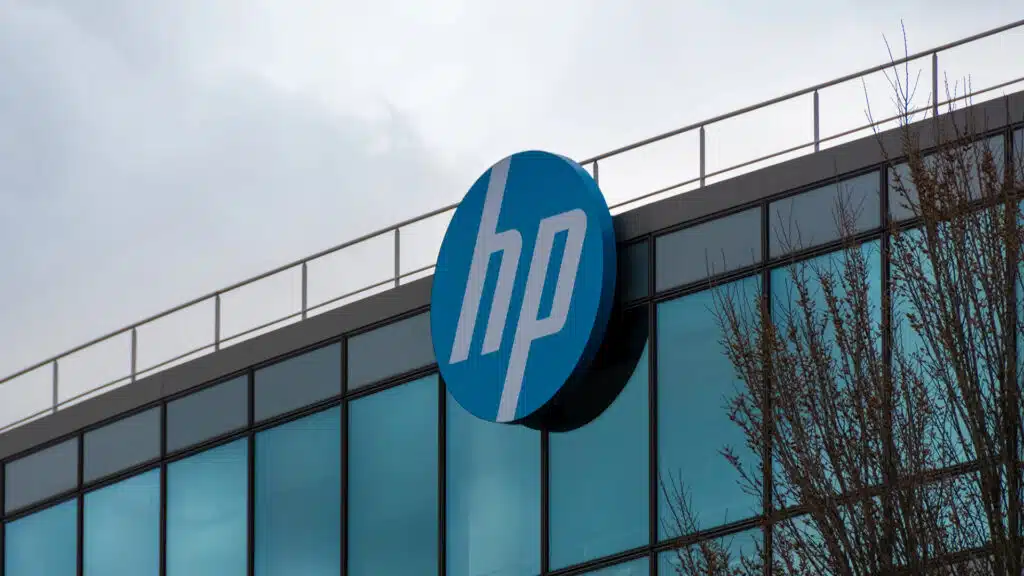The News: In a recent blog post, the Amazon Device team recently elaborated on what happens to old devices after consumers trade them in via its Amazon Trade-In Program. The Amazon Trade-In Program has refurbished more than a million customer trade-ins over the years contributing to the circular economy. Read the Amazon blog post for more details.
Amazon Trade-In Program: Adding to The Circular Economy
Analyst Take: The Amazon Trade-In program offers users the ability to trade in their older devices such as its Kindle e-readers, Echo smart speakers, Ring security cameras, Fire Tablets, and Fire TV devices and this is a move on Amazon’s part to educate consumers about the program and encourage them to utilize it.
In its article promoting the Amazon Trade-In program, Amazon mentions that for every value trade-in, its customers receive an Amazon gift card based on the value of their trade-in, and even broken devices are eligible for consideration. Another benefit if eligible, is that qualified customers can get a 25% discount on the latest Amazon devices.
To make things simple for customers who want to return its devices, the Amazon Trade-In program has an easy-to-use website where users can answer a few questions and can even return their device(s) to one of the company’s Whole Foods Market locations if desired.
The Circular Economy and Demand for Refurbished Devices
I view the Amazon Trade-In program as an excellent strategy to promote the value of a circular economy, which many organizations are feverishly trying to figure out ways to be a part of.
The Amazon Trade-In Program has refurbished more than a million customer trade-ins over the years, which is impressive.
The market for refurbished products is large and is expected to grow at a nice clip over the next few years. Not all consumers and businesses can afford the latest generation of products and will opt for a prior generation product that is a lot cheaper than the latest generation with good enough functionality for them. In fact, in the B2B channel, many partners that sell consumer electronics products that compete with larger retailers also sell refurbished products as an option for their customers, along with rent-to-own which can often provide higher margins for them.
Wrapping it up, the Amazon Trade-In program is an excellent example of how the company is contributing to the circular economy by incentivizing its customers to return their devices and trade up for new ones. This is great for the environment as a whole, but it also serves consumers nicely by providing options for less expensive refurbished (earlier generation devices) out there for customer segments that want them.
Disclosure: The Futurum Group is a research and advisory firm that engages or has engaged in research, analysis, and advisory services with many technology companies, including those mentioned in this article. The author does not hold any equity positions with any company mentioned in this article.
Analysis and opinions expressed herein are specific to the analyst individually and data and other information that might have been provided for validation, not those of The Futurum Group as a whole.
Other insights from The Futurum Group:
Honeywell Environmental Sustainability Index, Q2 2023
Intel Demonstrates a Green PC that has 90 Percent Recyclability
AWS re:Invent Recap: Amazon’s Ongoing Commitments to Sustainability and DEI






